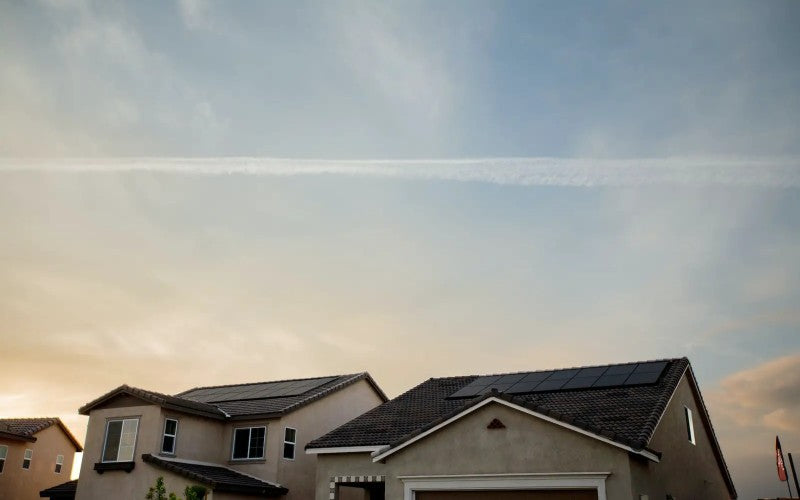
As the popularity of solar energy continues to soar, more and more individuals are embracing the idea of harnessing the sun's power to meet their energy needs. Solar panels, inverters, and batteries have become common components in residential and commercial installations. A crucial element in this solar ecosystem is the solar charge controller, which plays a pivotal role in managing the charging and discharging of batteries. However, when trying to connect the wires to the solar charger controller, some customers encounter the frustrating issue of the wire not fitting. In this blog post, we will explore the reasons behind this problem and provide practical solutions to ensure a seamless solar energy experience.
1. The Importance of a Solar Charge Controller
Before delving into the reasons behind the fitting issue, let's understand the significance of a solar charge controller in a solar energy system. The primary function of a charge controller is to regulate the flow of electricity between the solar panels and the battery bank. It prevents overcharging, over-discharging, and overheating of the batteries, ensuring their longevity and optimal performance. With the right charge controller in place, you can maximize the efficiency of your solar energy system and avoid potential damage to your batteries.
2. Reason #1: Incompatible Wire Size
One of the most common reasons for wires not fitting in the charge controller terminals is the use of an incompatible wire size. Solar charge controllers typically have specific wire gauge requirements for their terminals. Using wires that are too thick or too thin may cause a fitting issue and potentially damage the controller.
Solution: Before purchasing wires for your solar energy system, check the manufacturer's specifications for the charge controller to determine the appropriate wire size. Investing in high-quality cables that meet the controller's requirements will ensure a proper fit and smooth operation.
3. Reason #2: Improper Cable Termination
Improper cable termination is another common cause of fitting issues. When wires are not properly stripped and terminated, they might not establish a secure connection with the charge controller terminals, leading to intermittent or no power flow.
Solution: To avoid this problem, use the correct tools to strip and terminate the wires. Additionally, ensure that the exposed part of the wire is free from any damage or debris that may hinder proper contact. A clean and secure termination will guarantee a reliable connection between the wires and the charge controller.
4. Reason #3: Wrong Terminal Type
Solar charge controllers come in various models, and each may have different terminal types, such as screw terminals or MC4 connectors. Trying to fit the wrong type of wire into the terminal can be frustrating and lead to connection issues.
Solution: Identify the terminal type of your charge controller and obtain wires that match accordingly. If your controller uses MC4 connectors, ensure that your wires have compatible MC4 ends. Similarly, for screw terminals, use wires with bare ends that can be securely fastened to the terminals.
5. Reason #4: Misaligned Terminal Pins
In some cases, the issue may not lie with the wire itself but rather with the terminal pins inside the charge controller. If these pins are bent or misaligned, inserting the wire may become problematic.
Solution: Carefully inspect the charge controller's terminal pins for any visible damage or misalignment. If you notice any issues, contact the manufacturer or a professional technician to address the problem. Avoid attempting to fix it yourself, as it may void the warranty.
6. Reason #5: Cable Crimping Problems
Using poorly crimped cables can also lead to fitting issues. If the cable crimps are not secure, they can result in power loss and potentially pose safety hazards.
Solution: Invest in high-quality cable crimps and a reliable crimping tool to ensure secure connections. Properly crimped cables will provide a solid connection between the wires and the charge controller, reducing the risk of fitting problems.
Conclusion
In the journey towards adopting solar energy solutions, the solar charge controller serves as a crucial guardian of your battery bank's health and performance. When faced with fitting issues while connecting wires to the charge controller, remember the potential reasons and solutions outlined in this blog post. Ensuring compatibility with the controller's specifications, employing correct termination techniques, using appropriate terminal types, and ensuring proper cable crimping will guarantee a seamless and efficient solar energy experience.
As you embark on your solar energy endeavor, take the time to educate yourself about the technical aspects of the system and seek advice from reputable solar energy providers. With the right knowledge and equipment, you can fully harness the power of the sun and contribute to a greener and sustainable future.
Remember, before making any purchases, thoroughly research the products that best suit your needs, ensuring that the solar charge controller you choose will complement your solar energy system perfectly. Happy solar powering!

0 comments